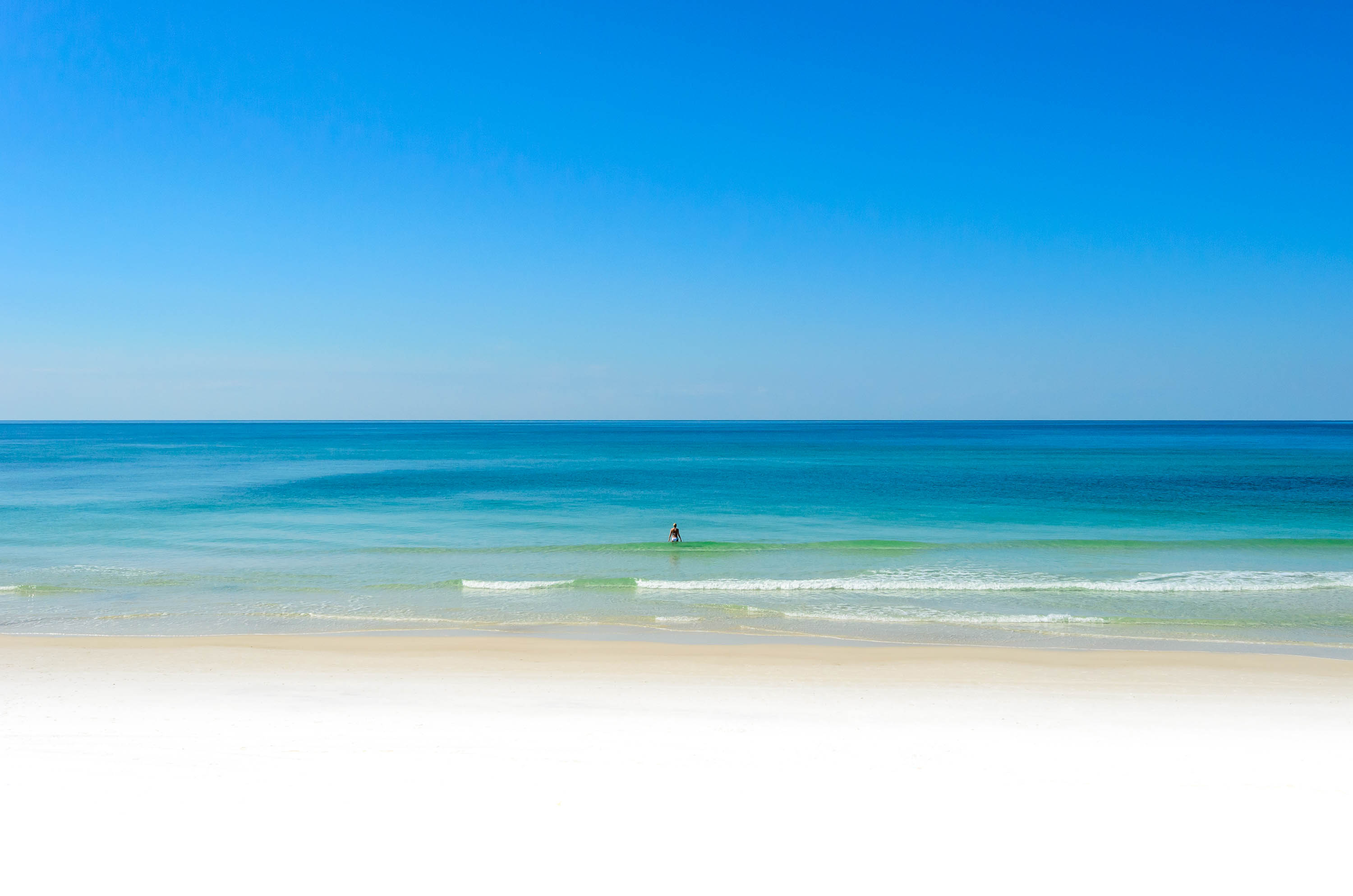Comments in [brackets]
twinbrew: My personal view (based on the materials I have reviewed) is that the doctrine of customary use as expressed by the Florida Supreme Court in Tona-Rama is binding Florida law and has been for 44 years [unsure what you intend by “binding’(1), definition below, but FSC “recognized” customary use – or did not preclude it. Only 225 sq ft of private beach was affected in Tona-Rama]. Federal and state courts over the last 44 years (and even as recently as this month) have recognized it as binding Florida law and followed it. That means that every property owner that purchased sandy beach property since 1974 has faced the possibility of customary use at the time they purchased their property if the elements of customary use could be met [every property owner that purchases property faces the possibility of eminent domain, prescriptive easement, and other legal doctrines as well - unsure why pointing out just custom / customary use can be claimed on ANY property - bay front - river banks - hunting areas; not just highly valued private beaches]. This is not something new [not new but is rare compared to other real property law - why is it commissioners do not try prescriptive easement or eminent domain; because custom doesn't require compensation]. Heck, there has even been litigation over whether customary use triggered title insurance policies (it did not) and a plaintiff in a 2007 case even conceded that they weren't challenging the public's right to customary recreational use (only the use of the sandy beach for parking and driving vehicles). There are only three ways that customary use could be abolished: (i) someone takes a case all the way to the Florida Supreme Court and the Florida Supreme Court decides to throw stare decisis out the window and reverse Tona-Roma; (ii) a court finds that customary use is unconstitutional (at least one Florida court has already addressed the issue and said no) [disagree; if you are referring to Blessey there was no ruling on customary use, the court declined, WITHOUT prejudice, according to the judge the case had not meet certain criteria to be heard in Federal court (yet).]; or (iii) the Florida Legislature abolishes it by statute. [(iv) The US Supreme Court rules real property custom claims are Unconstitutional.] The question of whether counties like Walton can establish customary use by ordinance rather than through a court action was litigated in federal court in Alford and the answer was that they could [and was under appeal when HB631 was passed – certainly the FL legislature and Governor felt the Alfords had a case.] The Florida Legislature reversed that outcome by passing HB631 but in doing so reaffirmed and codified the concept of customary use expressed in Tona-Rama (that was the conclusion of the federal court in Blessey). So what is the standard for proving customary use? One Florida appelate court (Trapanier) described it as follows in 2007 - “[W]e do not suggest that the County must prove that cars, horses, or other modes of transportation have customarily traversed and parked on Appelant’s specific parcels of property. Rather, we read Tona-Rama to require proof that the general area of the beach where [the] property is located has customarily been put to such use and that the extent of such customary use on private property is consistent with the public’s claim of right.” [Trapanier appellate court also stated; “[w]hile some may find it preferable that proof of these elements of custom be established for the entire state by judicial fiat in order to protect the right of public access to Florida's beaches, it appears to us that the acquisition of a right to use private property by custom is intensely local and anything but theoretical.” - that ancient historical custom is very fact based, commissioners have the burden of proof, under the rule of evidence.] So that is what will get litigated as Walton County moves forward. I'm sure others may disagree with my personal view. If there is authority out there to the contrary, happy to consider it and stand corrected.
(1) Binding. Legal phrase that an agreement has been consciously made, and certain actions are required or prohibited. For example, a lease for an apartment is legally binding, because upon signing the document, the lessor and the lessee are agreeing to a number of conditions.
